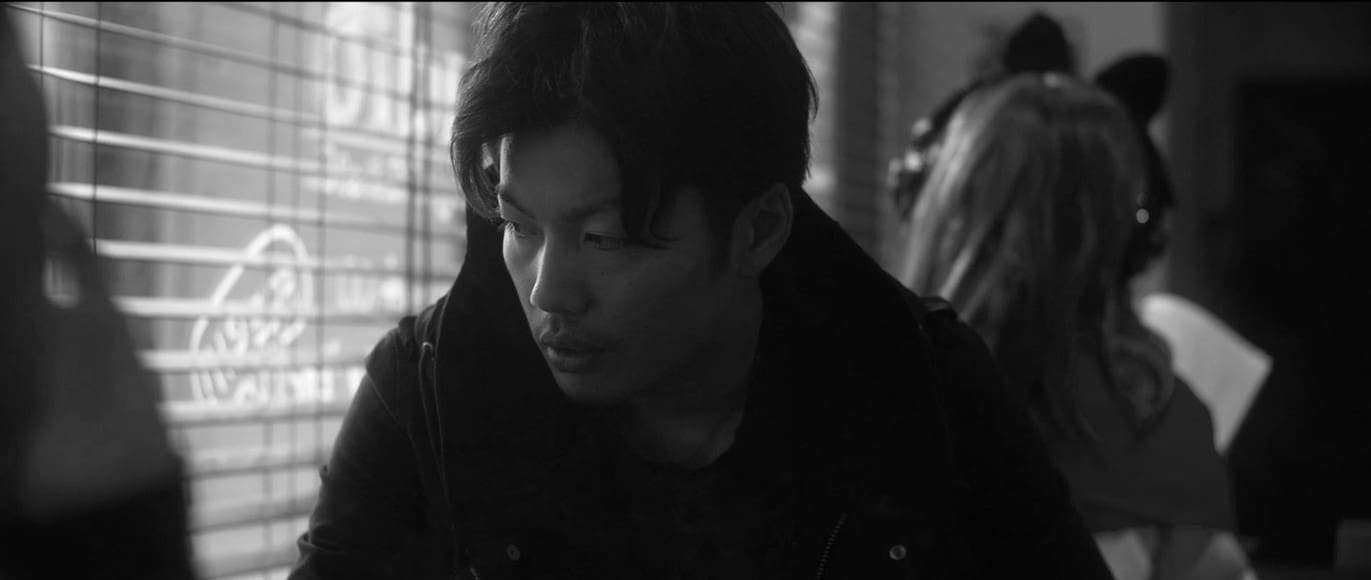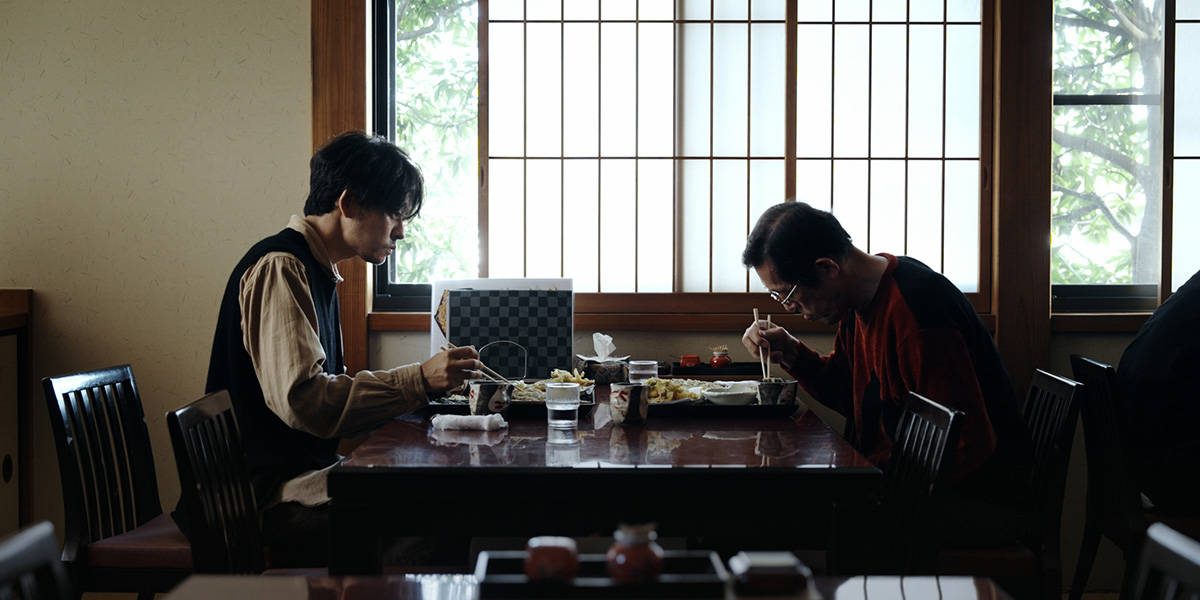Sion Sono is known for being both prolific and provocative, with grotesque horrors such as “Suicide Club” (2002) and more thoughtful pieces like “Himizu” (2011). In “Antiporno” he gives his own unusual take on the adult film industry, discussing themes of sex, sexism, patriarchal society, and female liberation.
Antiporno is screening at the 19th Japan Film Fest Hamburg
The film begins in a peculiar yellow room, that serves not only as living quarters, but also as a sort of inescapable psychological space, a cell, and a film set. We see our a woman dancing alone to classical accompaniment. Around her are a dazzling array of lit candles and she seems in an joyful mood as she glides elegantly around the room. This cuts to the woman, Kyoko, waking up, underwear around her knees, and stumbling to the bathroom, which is connected to the main room and painted vivid red. The character seems conflicted, anger and confusion turning to ecstatic outbursts. We learn that she has lost a sister who she sees visions of playing the piano. Soon her agent arrives and we witness the bizarre power play between the two women as Kyoko mocks and humiliates her. Soon a journalist and photographer enters and Kyoko turns into a monstrous caricature of a spoiled diva.
The film features so many twists and turns and is not easily explicable on a purely plot level. It could easily be argued that the characters are not so much intended to be real people as reflections of archetypes or psychological forces. This is most clearly evidenced by Kyoko who seems to represent the wild, uninhibited though fragile Id, locked in this bizarre world and struggling to understand what is expected of her. Despite its peculiar style, the film manages to balance this irregular, psychological story with a relatively straightforward character study of Kyoko, whose backstory can be pieced together almost entirely from the fragments that are presented.

Comparisons could be drawn with Satoshi Kon's “Perfect Blue” (1997) and Sono's own “Tag” (2015), as we are wrong-footed, time and time again, with a narrative that, nevertheless, keeps its protagonist in sharp focus. The artistic influences are not done to be flashy but all have a particular role to play and the film is rarely obscure in the message it is trying to convey, although it may take some consideration to understand every detail. The art design for the film is exceptional with the background playing a role in the film as well. Throughout the audience is made to consider the significance of each location and the interplay between them, whether the yellow room, the forest, the home. It forces a consideration of themes by repeatedly alienating the viewer and giving a sense of unreality to proceedings that make you question both the characters and your relationship to them.
In common with other Sion Sono films, there is a classical soundtrack. These elegant tunes emphasize the beauty of the cinematography. Scenes of nudity, emotional and physical violence, are intended as an exploration of the genre rather than contributing to it. It may seem an impossible task to comment on a genre of film that you appear to be making, but “Antiporno” achieves its aim. The sex scenes are rarely erotic, something that is highlighted by Kyoko's need to vomit, following almost each sexual encounter.

The central cast of the film is captivating. Ami Tomite gives an outstanding performance as Kyoko. The film is essentially about her coming to terms with past traumas and examining her relationship with sex. Through every twist and turn, she is believable in everything, from rage to insecurity and depression. She manages to shift effortlessly from an unlikable prima donna to a naive high-schooler, finding a path through the unusual plot of the film. Mariko Tsutsui is likewise fantastic, portraying Kyoko's long-suffering assistant, though with a similar unsettling change of character part way through the film.
Sono's script is as complex as the subject demands, and touches on several issues, managing to encapsulate a number of ideas succinctly. We see the impossible contradictions of male and female desire in Kyoko's agonising over the virgin/ whore dichotomy foisted on women. As the title might suggest, pornography is also a source of discussion, as we see it as both dangerous, while essentially as meaningless as any other human function, and the shame accompanying sex being used as a tool of oppression. Kyoko battles with the pressures of a male-dominated society. In one of the most powerful monologues of the film she berates women for not understanding how the notion of freedom traps them. It is a call to arms for women to take hold of their own destiny and determine who they are and what they want rather than pandering to a society that largely holds them in contempt.















